Archives
- 2025-11
- 2025-10
- 2025-09
- 2025-04
- 2025-03
- 2025-02
- 2025-01
- 2024-12
- 2024-11
- 2024-10
- 2024-09
- 2024-08
- 2024-07
- 2024-06
- 2024-05
- 2024-04
- 2024-03
- 2024-02
- 2024-01
- 2023-12
- 2023-11
- 2023-10
- 2023-09
- 2023-08
- 2023-07
- 2023-06
- 2023-05
- 2023-04
- 2023-03
- 2023-02
- 2023-01
- 2022-12
- 2022-11
- 2022-10
- 2022-09
- 2022-08
- 2022-07
- 2022-06
- 2022-05
- 2022-04
- 2022-03
- 2022-02
- 2022-01
- 2021-12
- 2021-11
- 2021-10
- 2021-09
- 2021-08
- 2021-07
- 2021-06
- 2021-05
- 2021-04
- 2021-03
- 2021-02
- 2021-01
- 2020-12
- 2020-11
- 2020-10
- 2020-09
- 2020-08
- 2020-07
- 2020-06
- 2020-05
- 2020-04
- 2020-03
- 2020-02
- 2020-01
- 2019-12
- 2019-11
- 2019-10
- 2019-09
- 2019-08
- 2019-07
- 2019-06
- 2019-05
- 2019-04
- 2018-11
- 2018-10
- 2018-07
-
In recent years the higher
2025-02-28
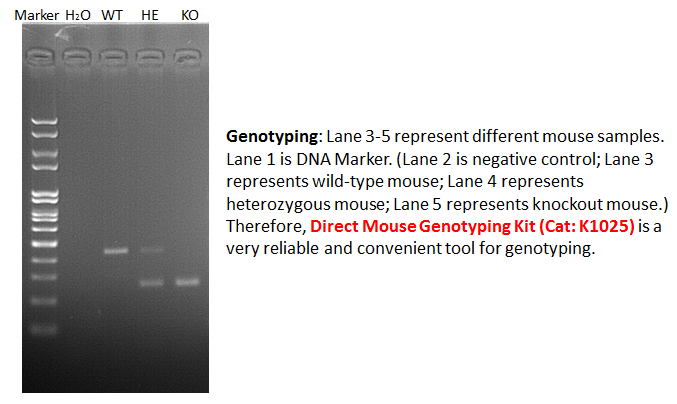
In recent years, the ‘higher lipophilicity’-thus-‘better performance’ tenet, derived from the polar paradox theory applied to micro-structured media, was challenged by novel and unexpected experimental results. In particular, the synthesis of many complete series of fatty Bedaquiline esters of natu
-
In order to further explore whether
2025-02-28
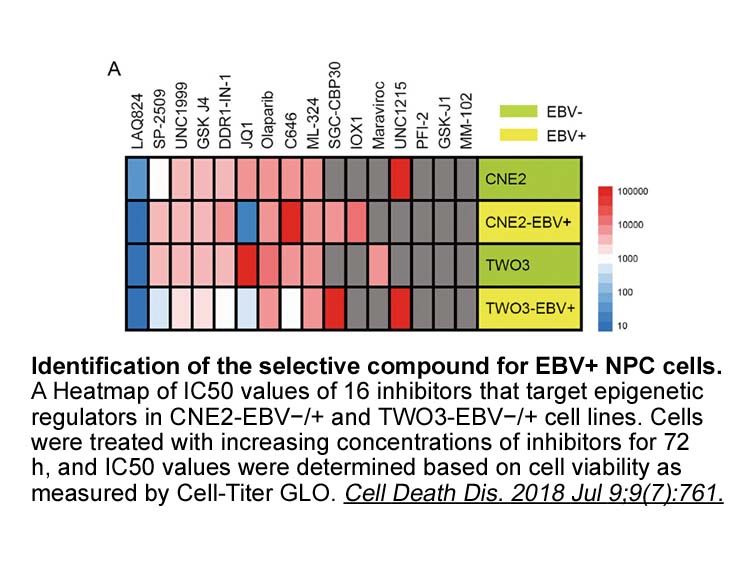
In order to further explore whether the cytoprotective effect of isogarcinol against oxidative stress in H2O2-induced HepG2 Membrane fission inhibitor is a consequence of the breakdown of the endogenous antioxidant defence mechanism, we measured the LDH release, MDA levels, GSH levels and SOD activ
-
In addition enhanced AT receptor function abnormally
2025-02-28
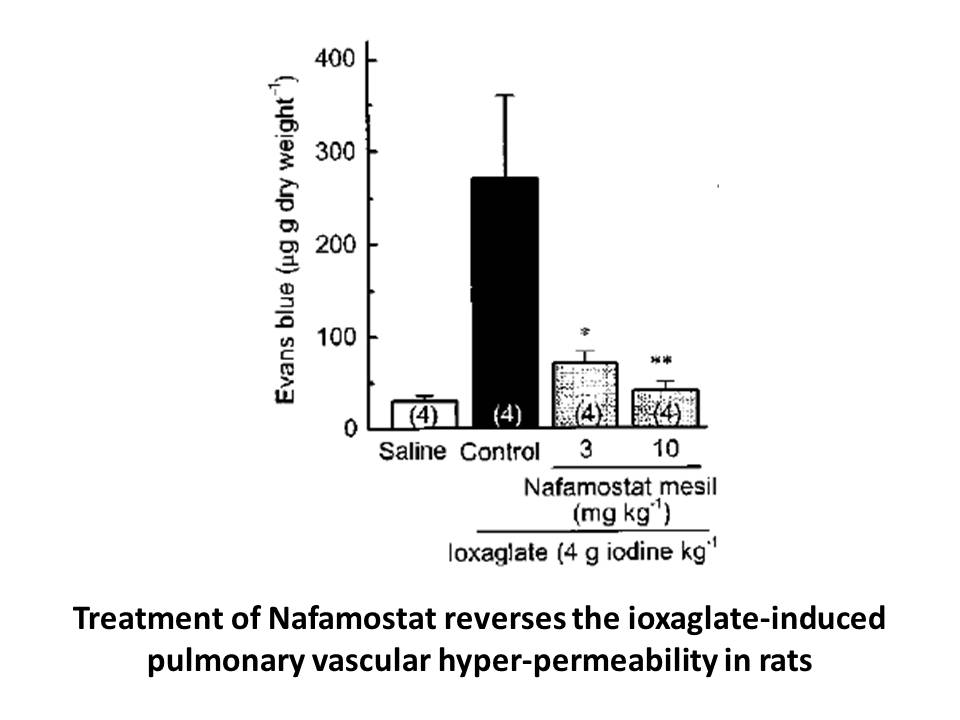
In addition, enhanced AT1 receptor function abnormally increases central and sympathetic activity, contributing to cardiac and renal disease, which in turn alters homeostasis, increases vulnerability to stress, and further injures the brain, and that AT1 receptor blockade ameliorates excessive sympa
-
Although sex hormones activational effects are
2025-02-28

Although sex hormones (activational effects) are known to directly interact with RAS (Baiardi et al., 2005, Miller et al., 1999, Silbiger and Neugarten, 1995), the potential contribution of organizational hormonal and SCC effects on physiological sex-based difference in the regulation of the RAS rem
-
We find that the interaction of NSF and SNAP
2025-02-28

We find that the interaction of NSF and SNAP is critically involved in NMDAR-induced PICK1 unclustering. The binding of SNAP to NSF increases the ATPase activity of NSF, which is known to be essential for the unbinding of PICK1 from GluR2 (Hanley et al., 2002). Disruption of the association between
-
Bioinformatics tools are becoming more powerful and reliable
2025-02-28

Bioinformatics tools are becoming more powerful and reliable due to the growing number and availability of experimentally determined protein structures (Arnold et al., 2006, Suplatov et al., 2015, Wiltgen and Tilz, 2009). The SWISS-MODEL and MODELLER programs are most frequently used for homology or
-
Consideration of the rate of
2025-02-28
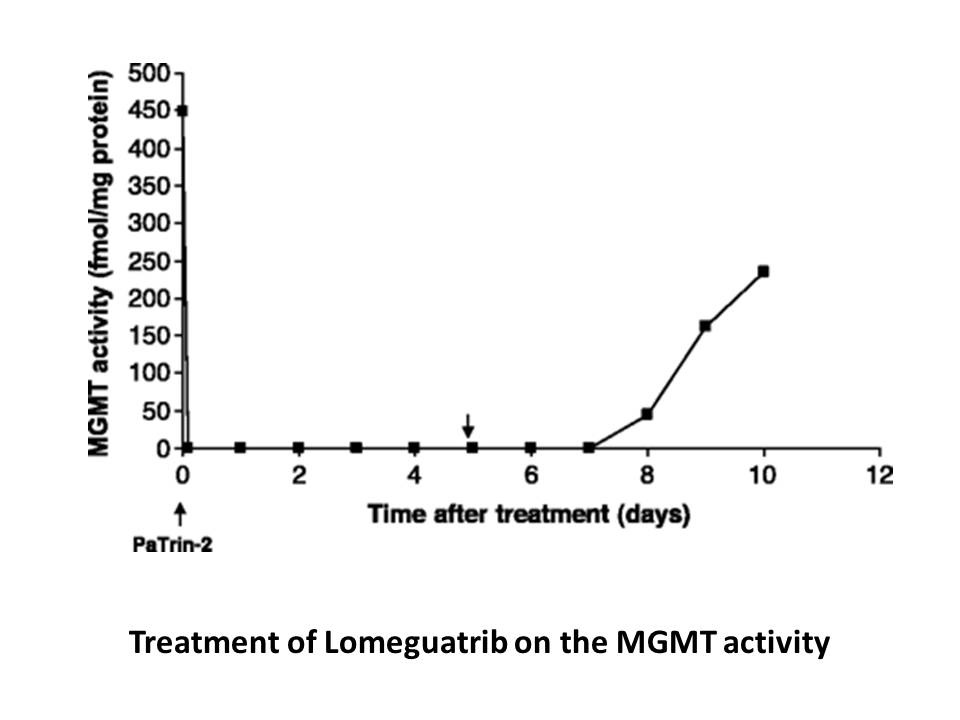
Consideration of the rate of product formation at different substrate concentrations and estimation of Michaelis-Menten parameters gives some insight into the possible mechanisms underlying the observed decreases in enzyme activity. Estimates based on two-substrate concentrations lack precision and
-
br Material and methods br
2025-02-28
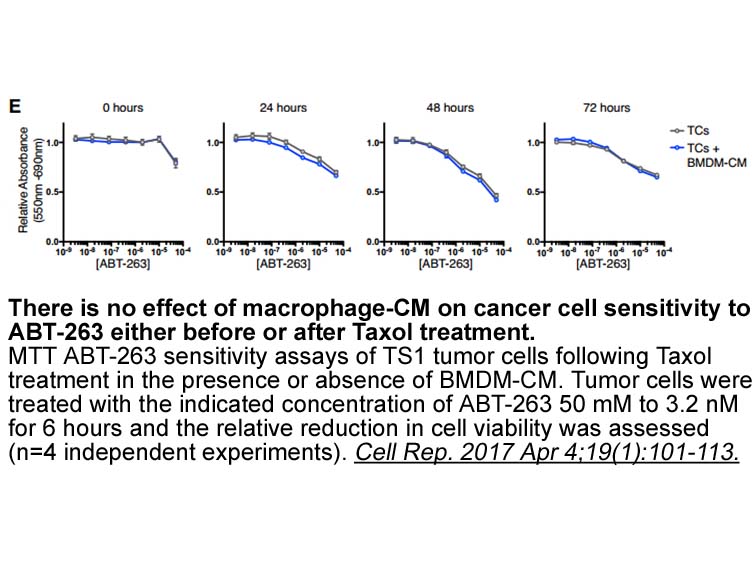
Material and methods Results Discussion RSV is a major cause of lower respiratory tract infections in infancy and early childhood. Several observations suggest that immunological mechanisms may be the key to understand the severity of RSV bronchiolitis in infancy. Several laboratories have
-
RG7112 br Materials and methods br Results br Discussion Mor
2025-02-27
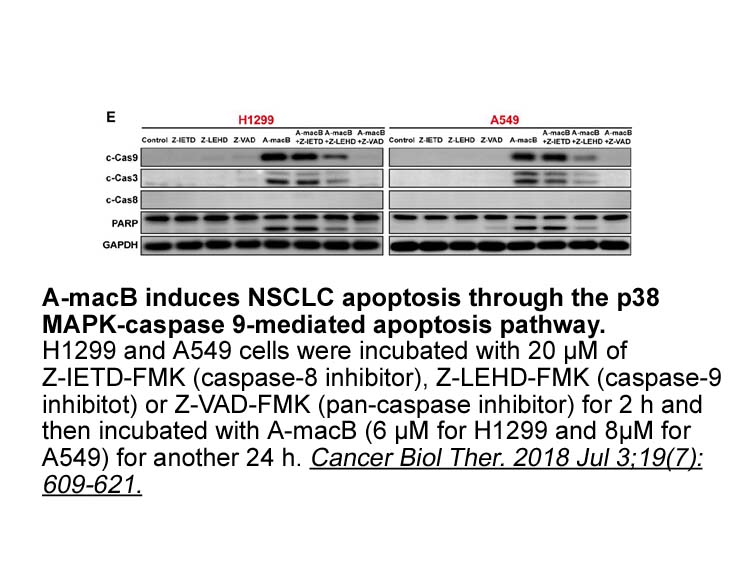
Materials and methods Results Discussion More experiments were performed in order to explain the mechanism that is involved in RG7112 death both PC3 and Hep G2 cells using compound 5. Results showed that this compound inhibits cell viability inducing apoptosis in a concentration-dependent
-
Similarly Dilma et al tried to assess the diagnostic
2025-02-27
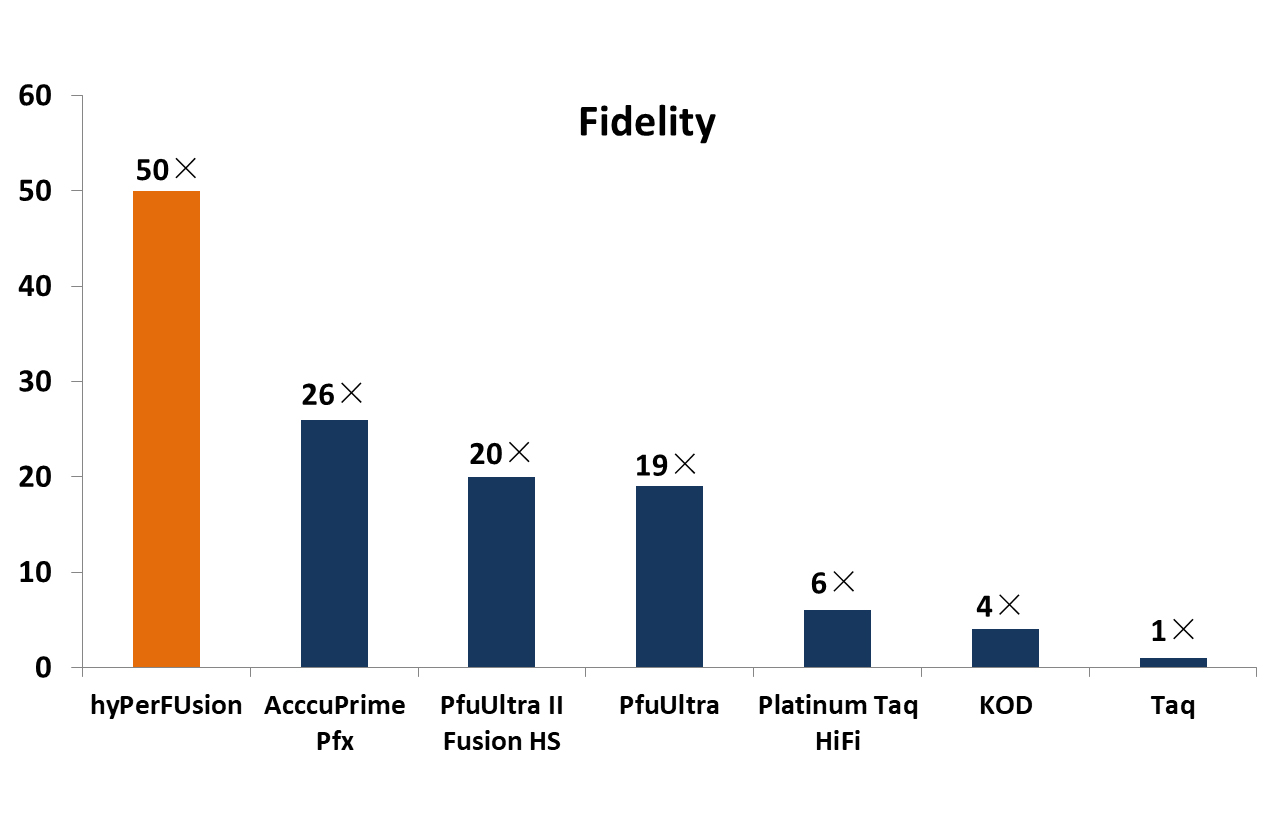
Similarly Dilmaç et al. [16] tried to assess the diagnostic value of adenosine deaminase activity in sputum of patients with pulmonary tuberculosis, their aim was to determine and compare sputum ADA activity in pulmonary tuberculosis, lung cancer and chronic obstructive pulmonary disease (COPD) pati
-
In an attempt to complete the
2025-02-27
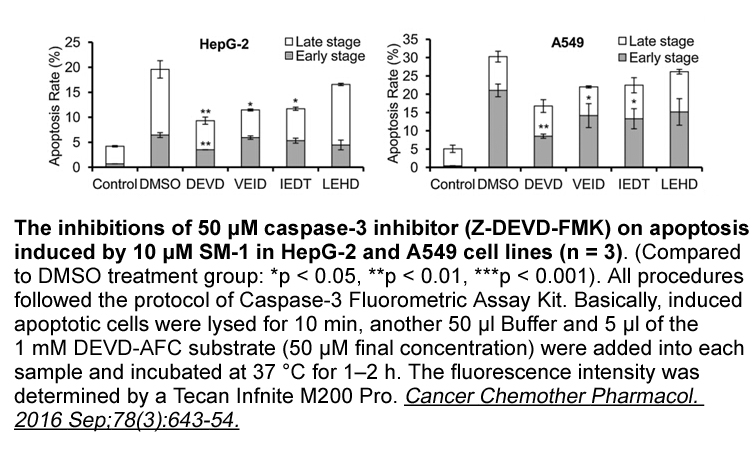
In an attempt to complete the overview of resistance mechanisms in Spanish codling moth populations, the aims of the present work were to assess the actual occurrence of AChE and kdr mutations in codling moth field populations from different pome fruit-growing areas of Spain, concurrently with the f
-
Using constant potential amperometry and
2025-02-27
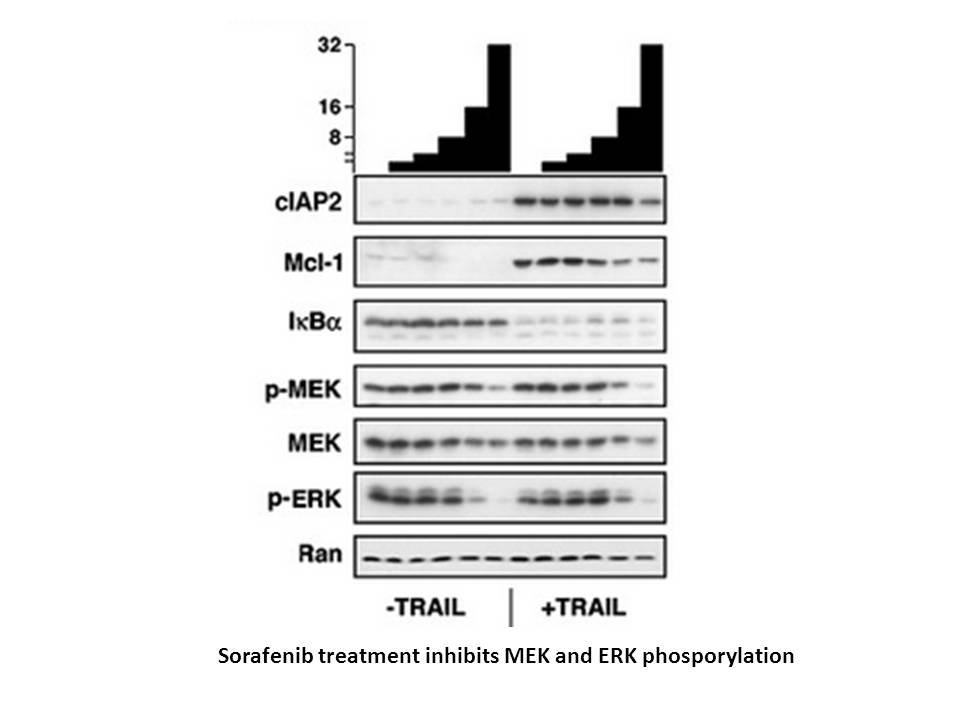
Using constant potential amperometry and electrochemical enzyme-based biosensors selective for choline—and, therefore, an accurate readout of PF-06447475 release (Baker et al., 2015; Bruno et al., 2006a; Parikh et al., 2004, 2007)—tonic and phasic release of acetylcholine were measured simultaneous
-
SP2509 Interestingly a homolog of C elegans acr is present
2025-02-27
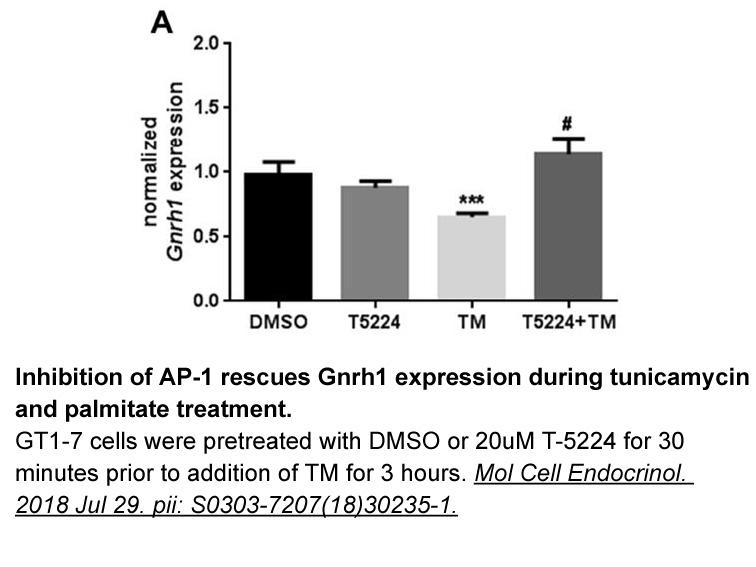
Interestingly, a homolog of C. elegans acr-23 is present in the A. suum SP2509 (Jex et al., 2011). However, A. suum is not susceptible to monepantel treatment in vivo (Tritten et al., 2011). Our research seeks to advance knowledge on the mode of action of monepantel on nAChRs from Clade III (A. suum
-
br Materials and methods br Results br
2025-02-27
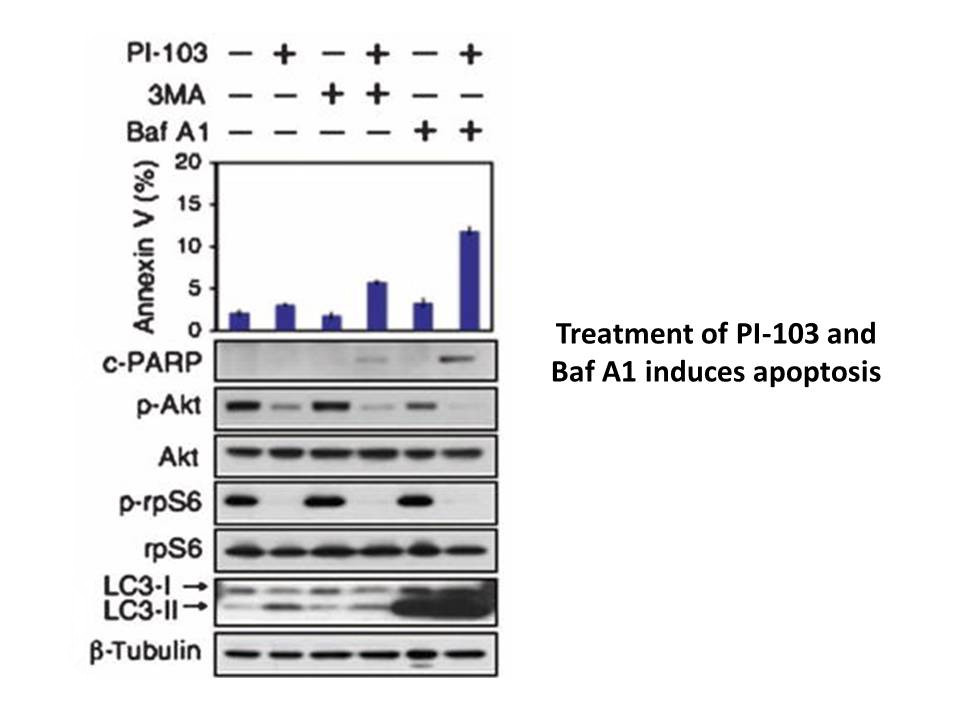
Materials and methods Results Discussion Prostate cancer represents an ideal candidate for chemoprevention because of its high incidence and long latency to clinically significant disease [17]. The precancerous lesion PIN may also be a suitable target for ablation in chemoprevention strateg
-
INCB28060 Conclusion Twenty compounds with dinitrobenzoate
2025-02-27
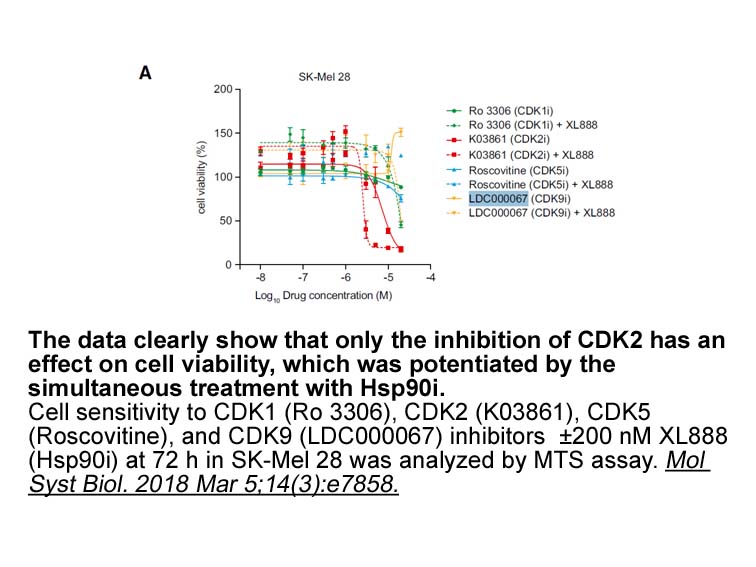
Conclusion Twenty compounds with 3,5-dinitrobenzoate scaffold were synthesized and evaluated using cell-free and HWB assays for their 5-LOX inhibition activities. Compared to the parent compound, six compounds show significantly increased enzyme inhibition activities. The best compound, 3-tolyl 3,5
16191 records 8/1080 page Previous Next First page 上5页 678910 下5页 Last page